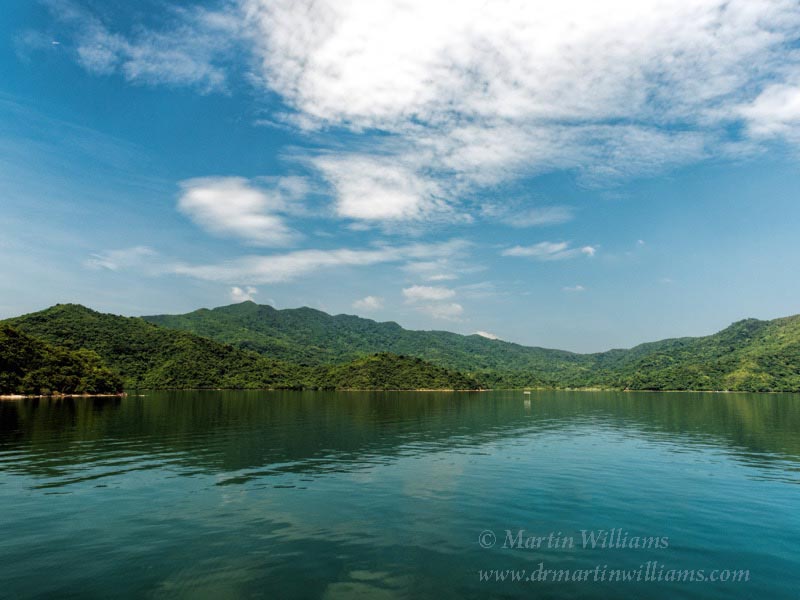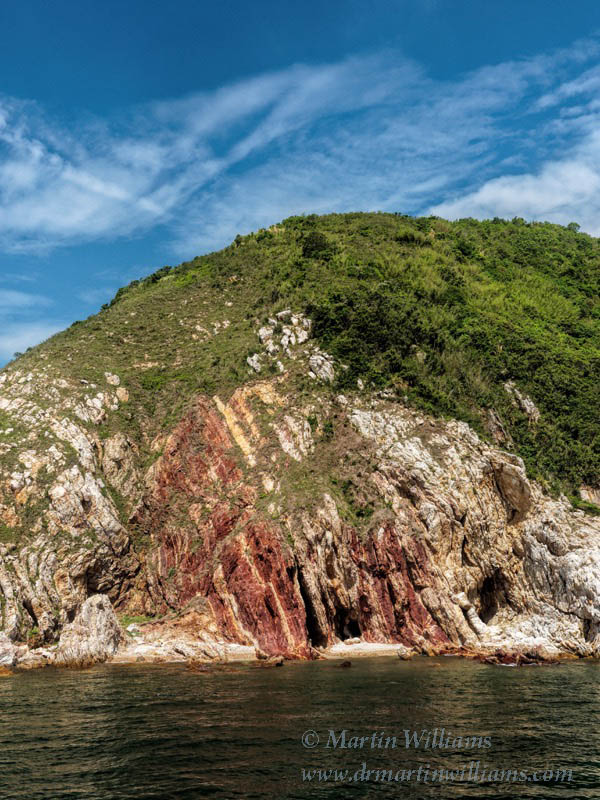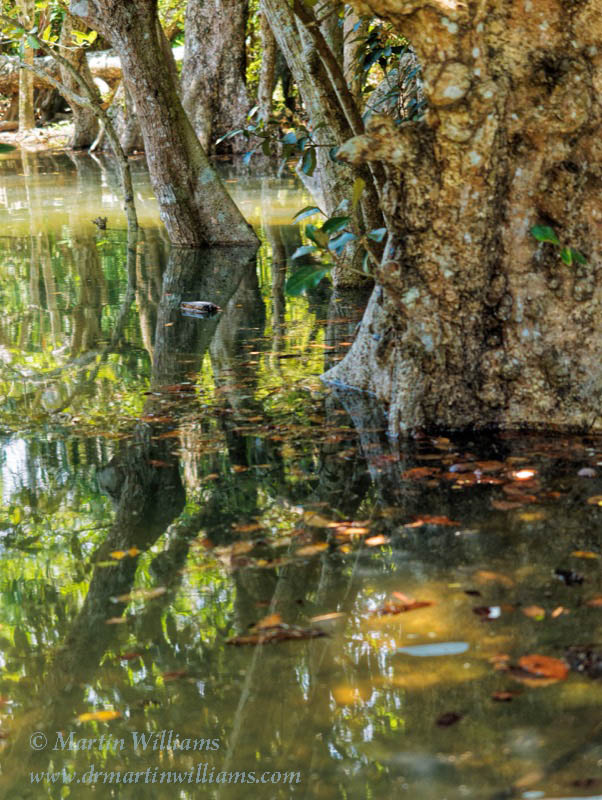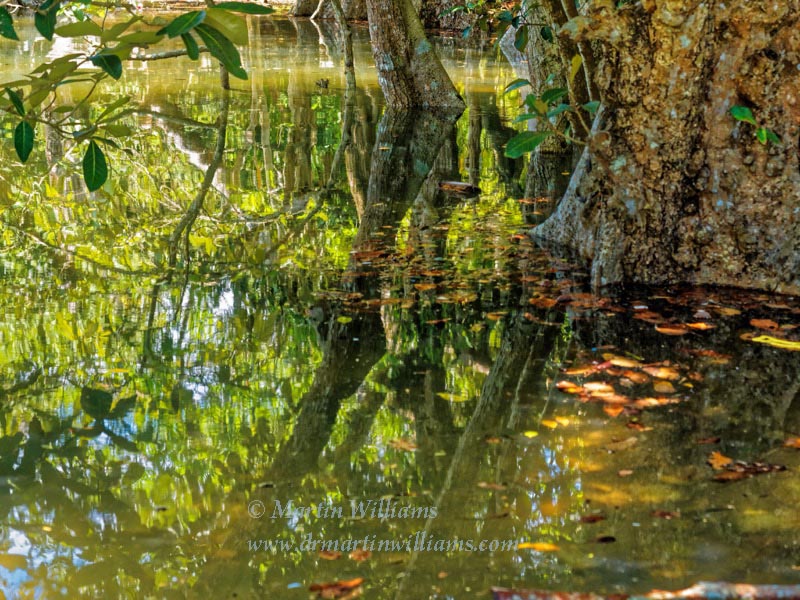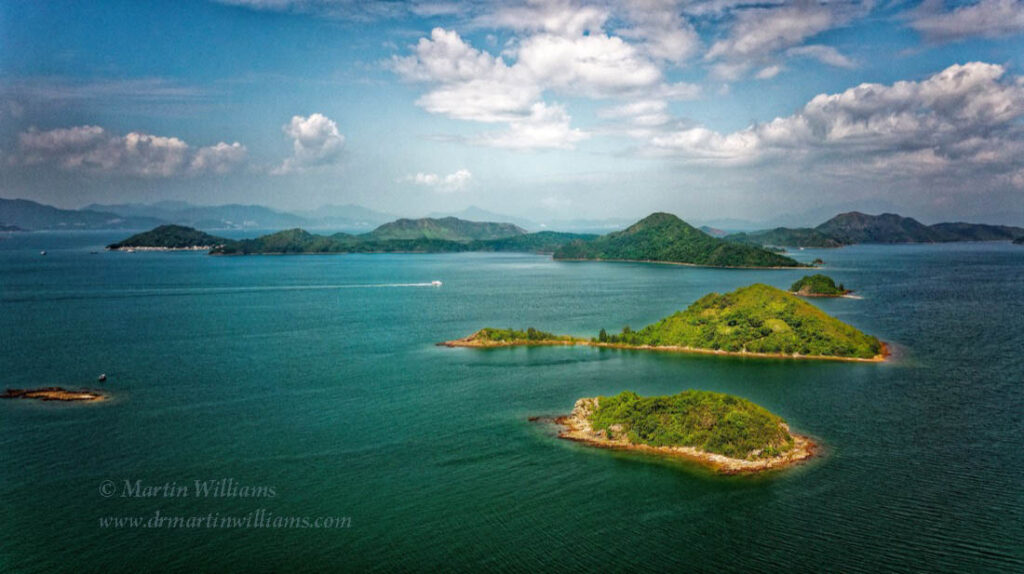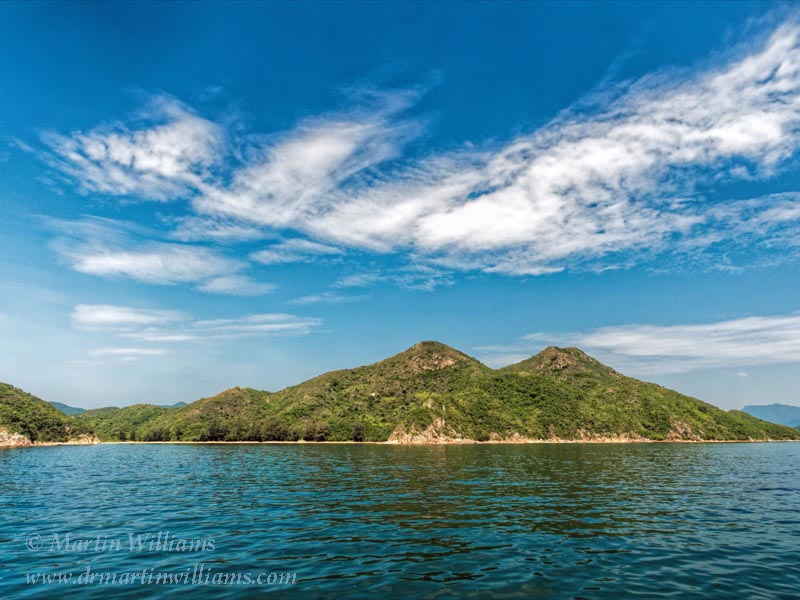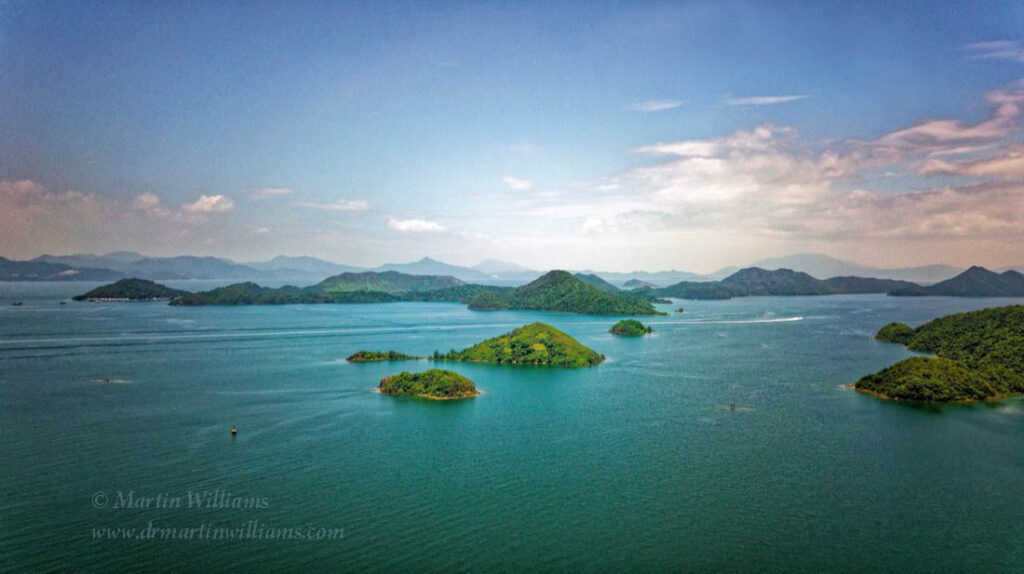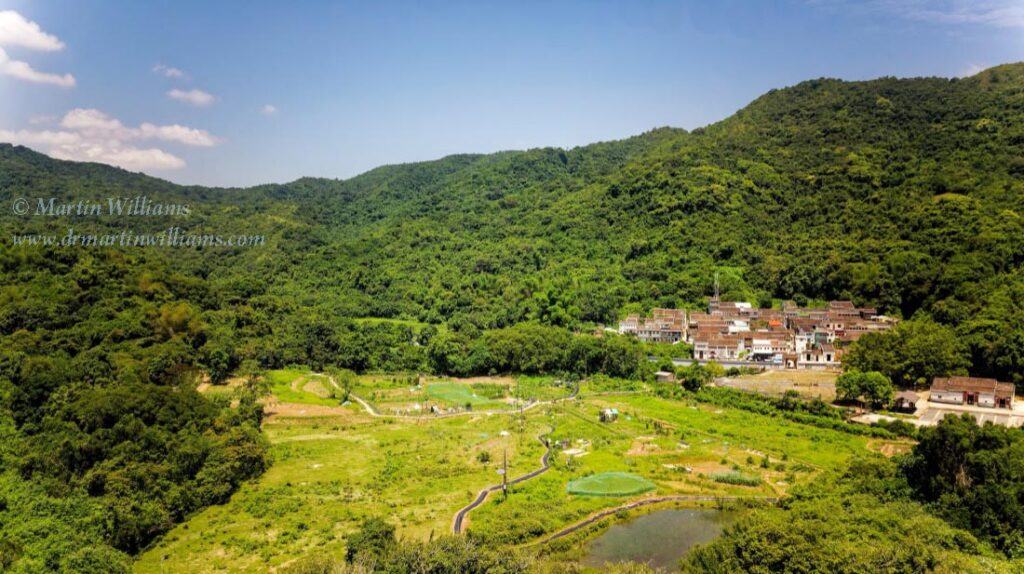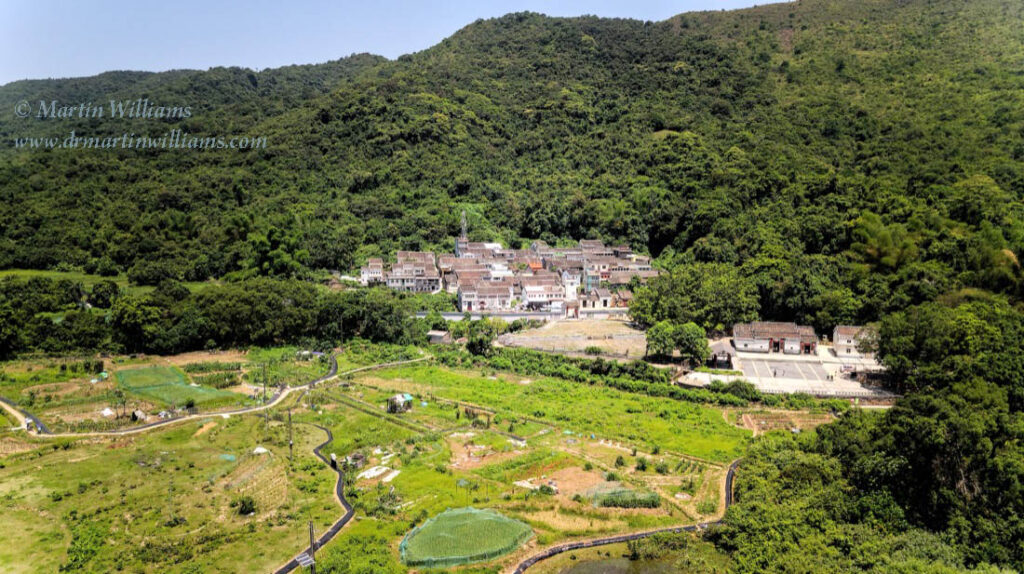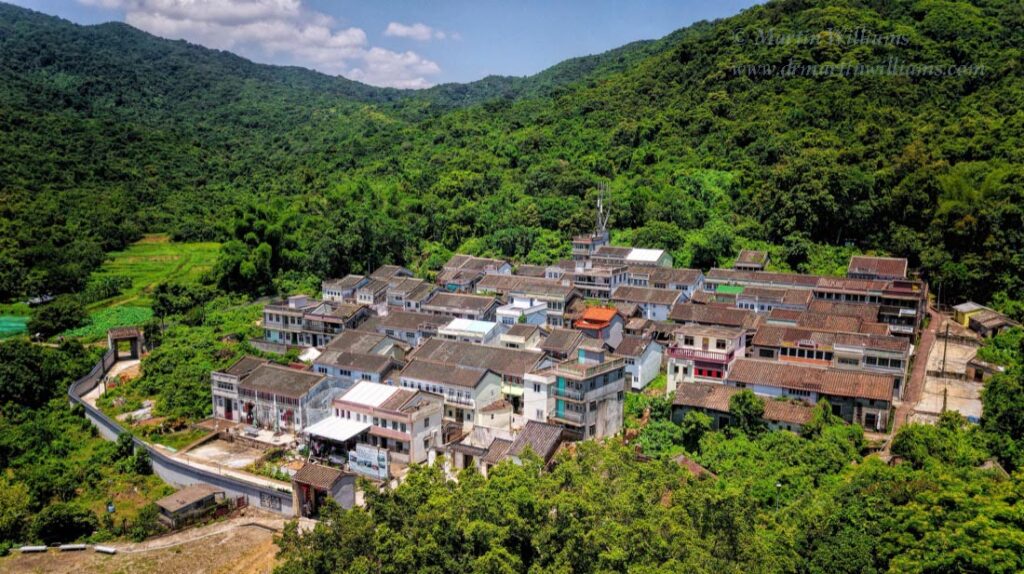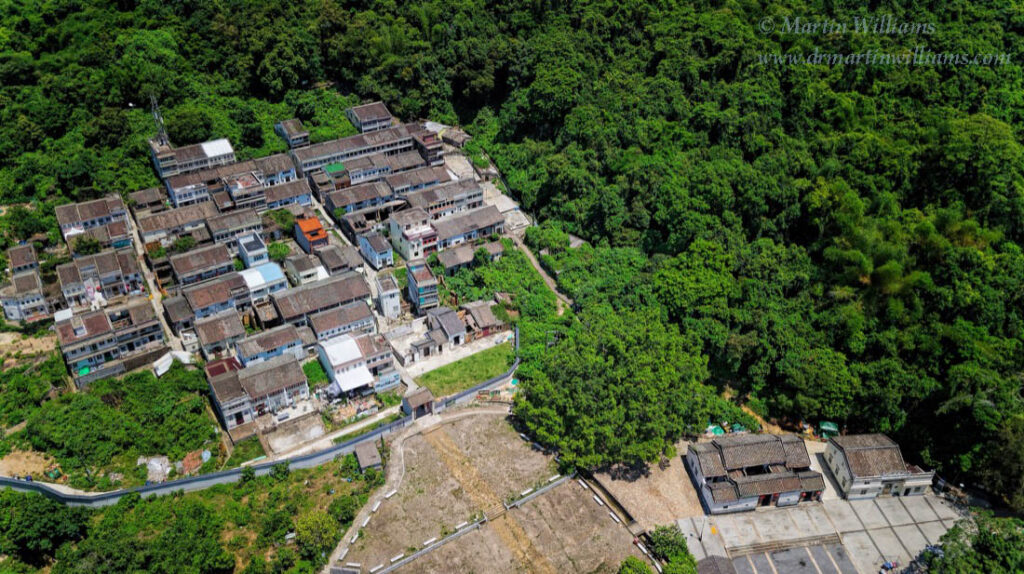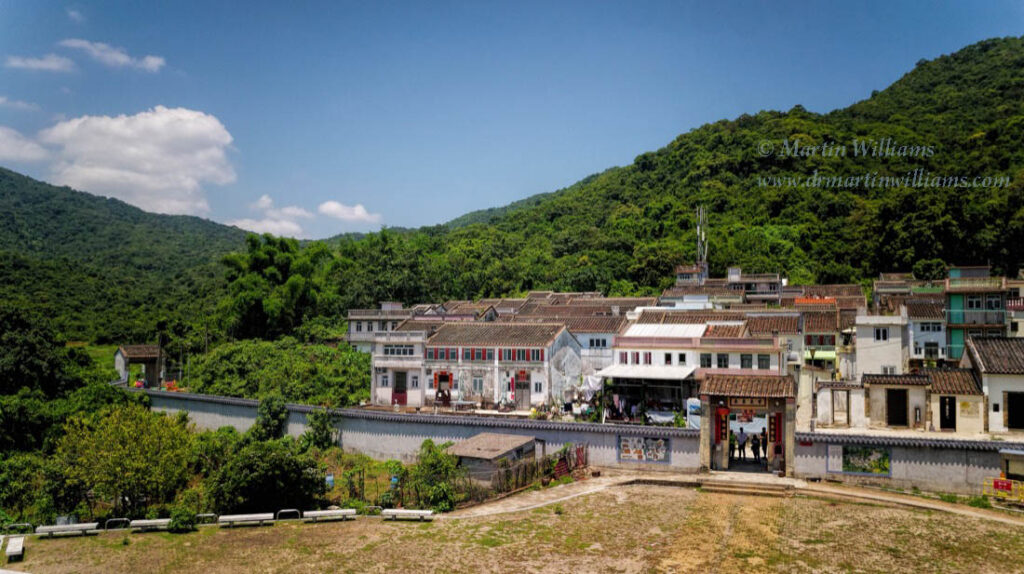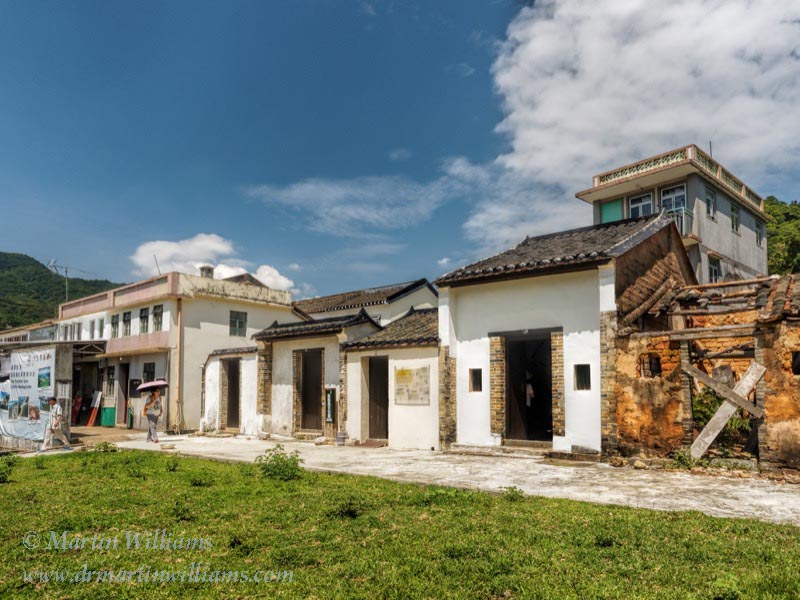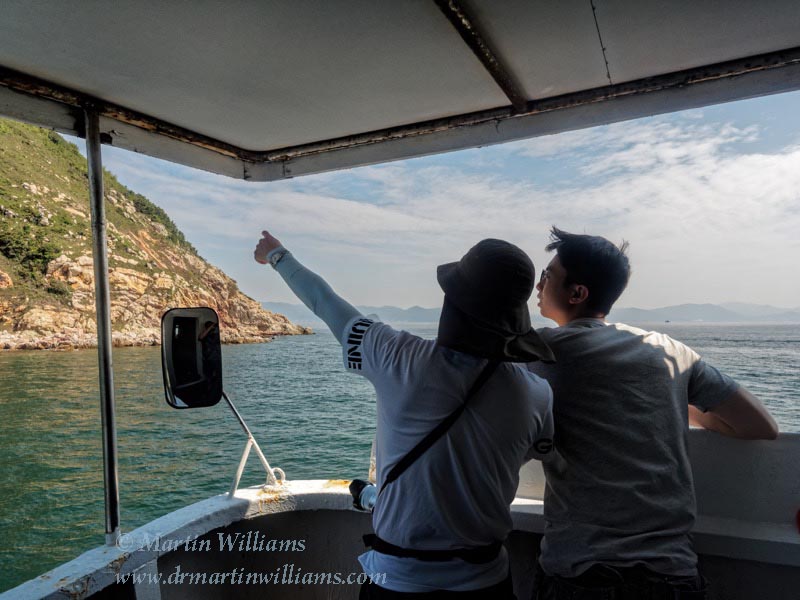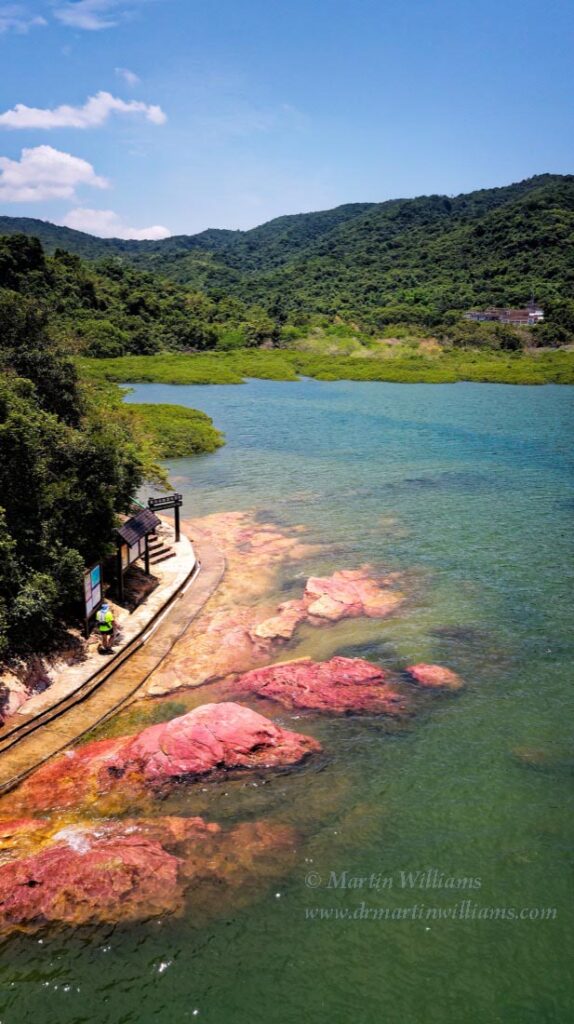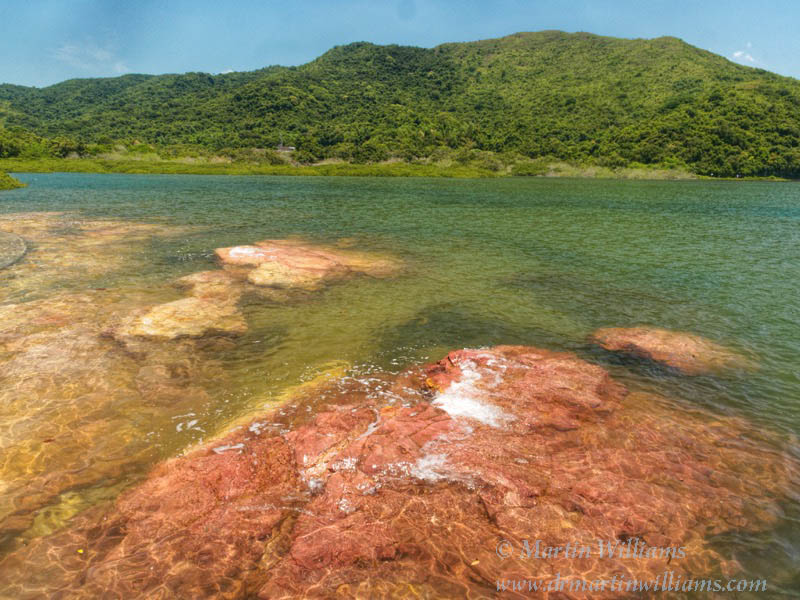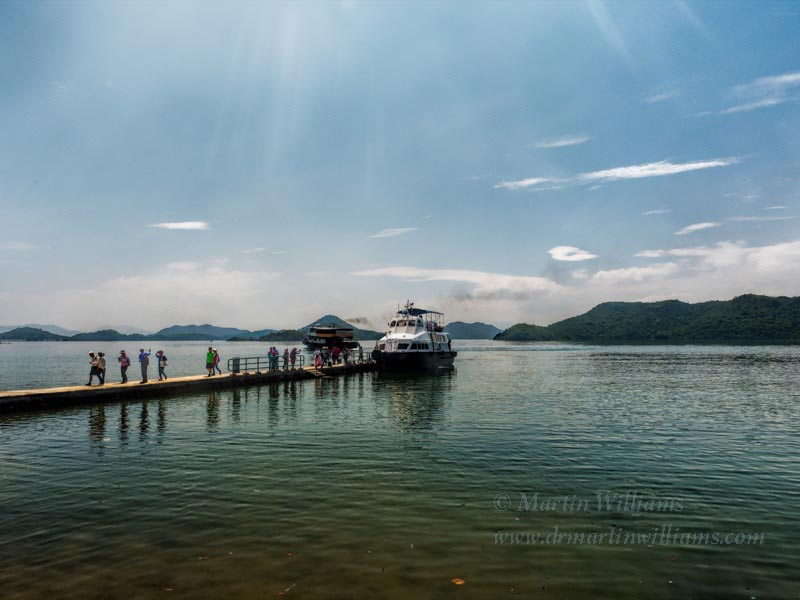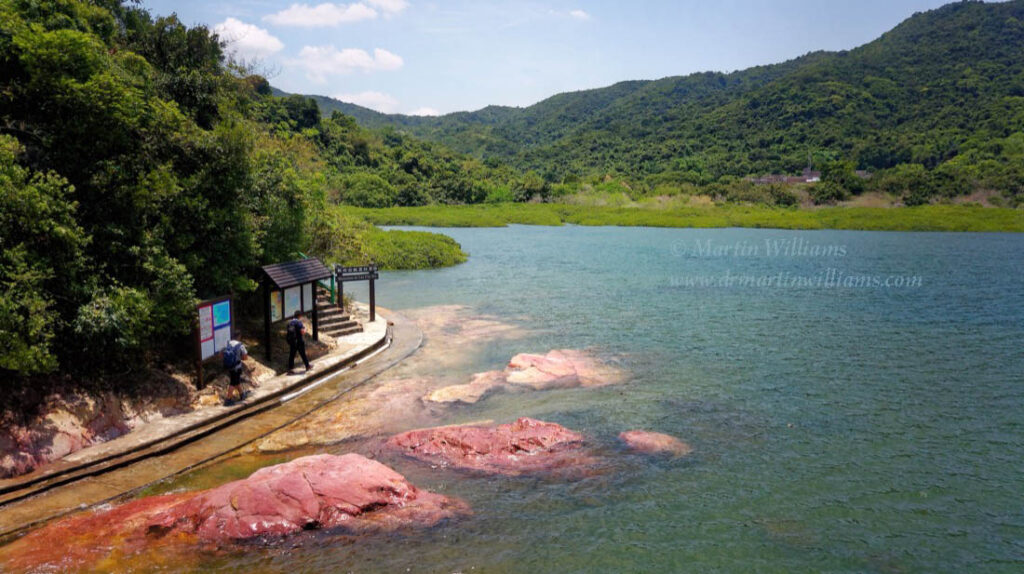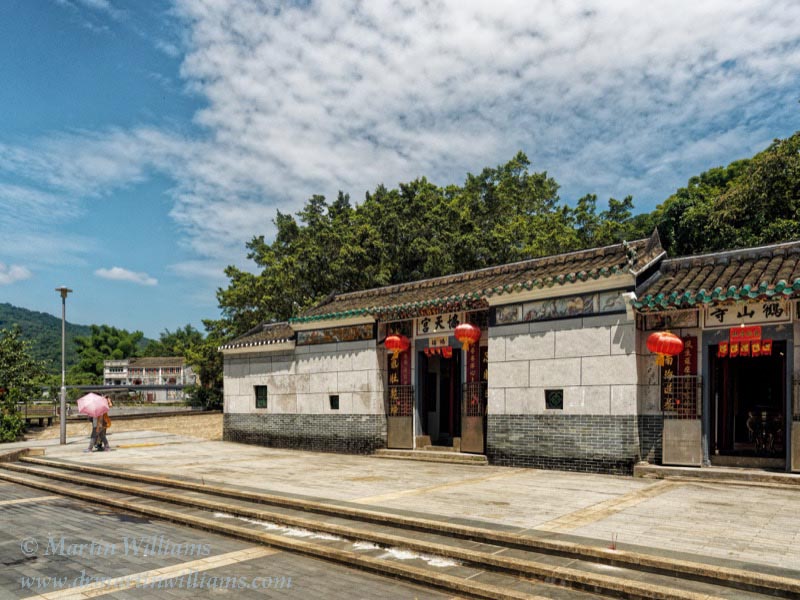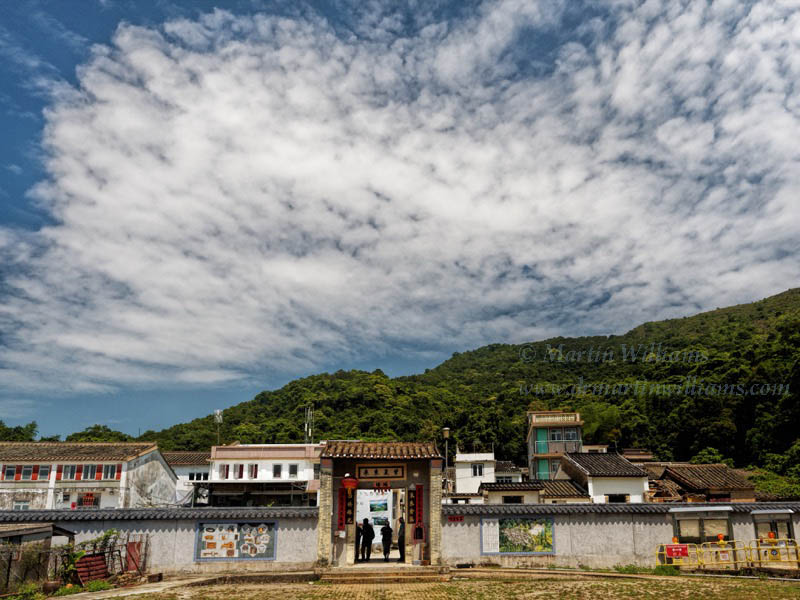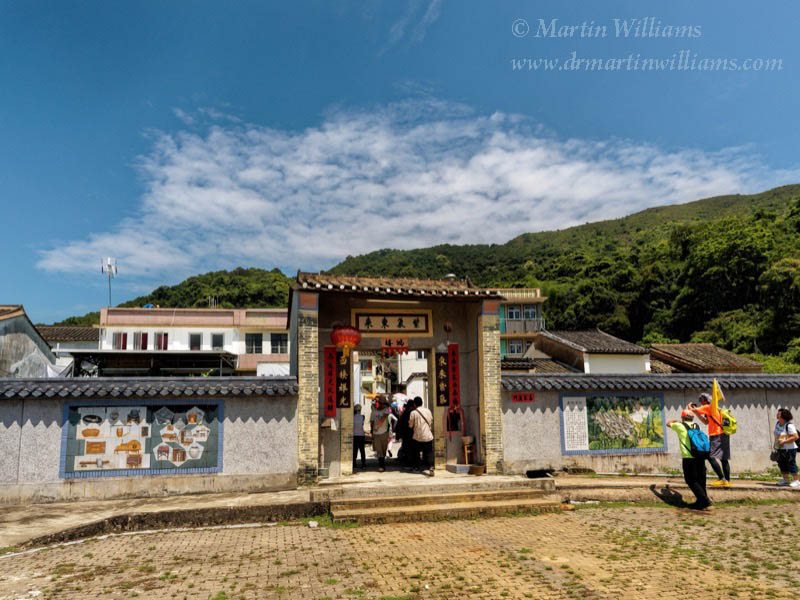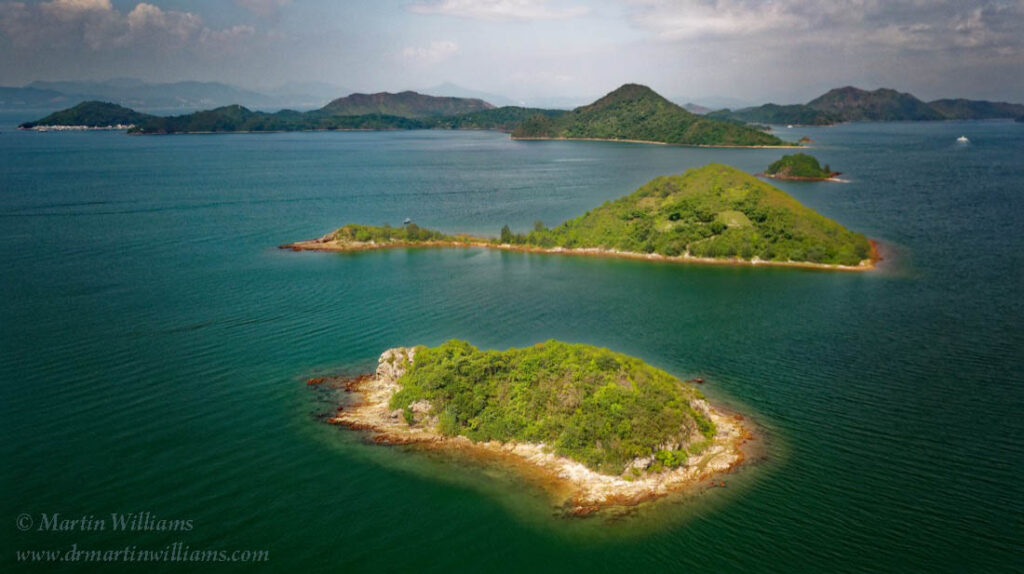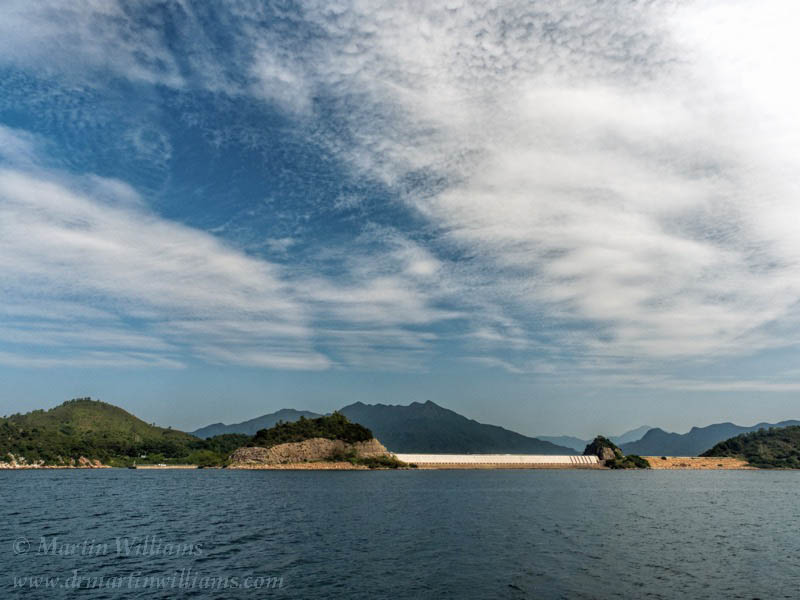Double Haven is among the most beautiful areas in Hong Kong, and a ferry ride through here to the village of Lai Chi Wo on the west shore makes for a wonderful outing, along with a chance to learn about and take part in “sustainable tourism” within Hong Kong’s much-vaunted Geopark.
Even as the ferry leaves Ma Liu Shui, you might note you are within a geological feature – Tolo Harbour, which formed by the sea inundating a valley carved through one of Hong Kong’s main fault lines, the 60-kilometre long, 750-metre wide Tolo Channel Fault, extending from northeast of here, and through Sha Tin Valley to near Lai Chi Kok. The waters are usually placid, so you can enjoy the ride, perhaps contemplating the geopark and tourism.
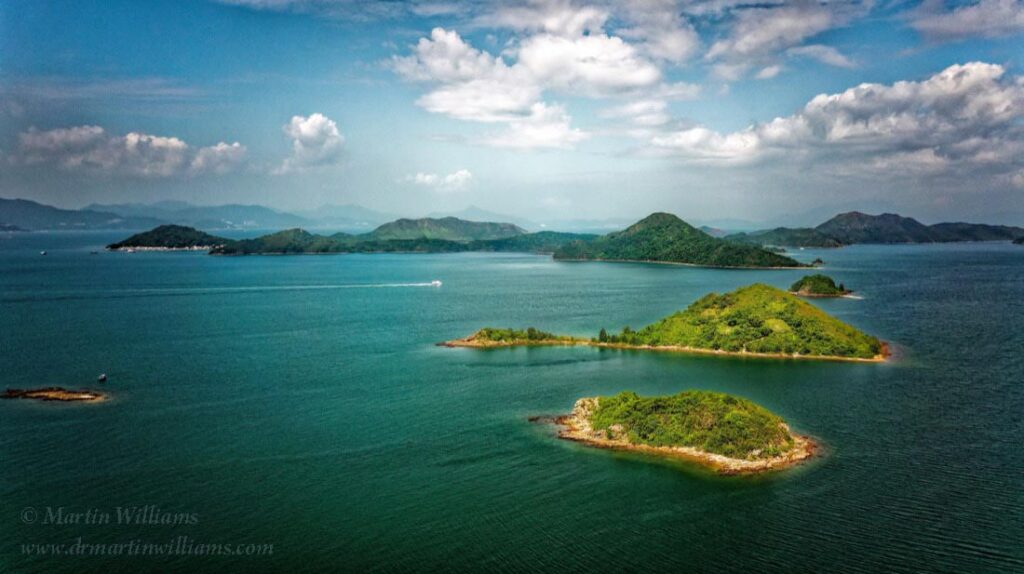
Hong Kong UNESCO Global Geopark has a grand title yet is something of a curate’s egg: good in places. It comprises seven areas in eastern Hong Kong, and while the “star” rocks are the spectacular, columnar jointed volcanic tuffs of the Sai Kung Peninsula and islands, there are other sites that few but a geologist might love, like Ma Shi Chau – Horse Poop Island – which soon appears on the left, though is easily missed against the backdrop of the Pat Sin Leng range.
The geopark has been featured in the Hong Kong International Tourism Exhibition, in a bid to highlight ways it “promotes geological and nature conservation as well as sustainable tourism”. While this seems impressive, I know that while “sustainable tourism” sounds simple, it can be hard to pin down. One pithy definition is from UNESCO, according to which sustainable tourism “respects both local people and the traveller, cultural heritage and the environment”.
If you delight in acquiring information like this, you might relish taking one of the geopark tours, like a boat trip through Tolo Harbour to Double Haven. I’ve been on one of them, and found it akin to being on a school trip for grown-ups. Otherwise, you might prefer a do-it-yourself tour, such as by hiking, or taking this ferry to Lai Chi Wo.
Hong Kong’s younger rocks opposite the oldest
After Ma Shi Chau, you pass two dams of Plover Cove Reservoir, which already seems far from the city. It’s the second largest reservoir in Hong Kong, and you might wonder about the merits of a suggestion for building housing here.
Chek Chau – Port Island – is ahead, looking massive and squat, with Mirs Bay beyond. It’s Chinese name means Red Island, after the rusty colour of iron-rich sandstones laid down by floods in a desert like environment. These are among Hong Kong’s youngest rocks, formed after the volcanic activity that built much of the land here ceased around 140 million years ago.
Arriving at the mouth of Tolo Harbour, the ferry makes a turn to the north, leaving Chek Chau to the south. Close by on the left is a Bluff Head, with a cliff around 60 metres high, featuring an almost vertical band of reddish-purple set amidst creamy rock. This is also mainly sandstone, but is the oldest rock in Hong Kong, formed in deltas and rivers some 400 to 360 million years ago, and later contorted during earth movements.
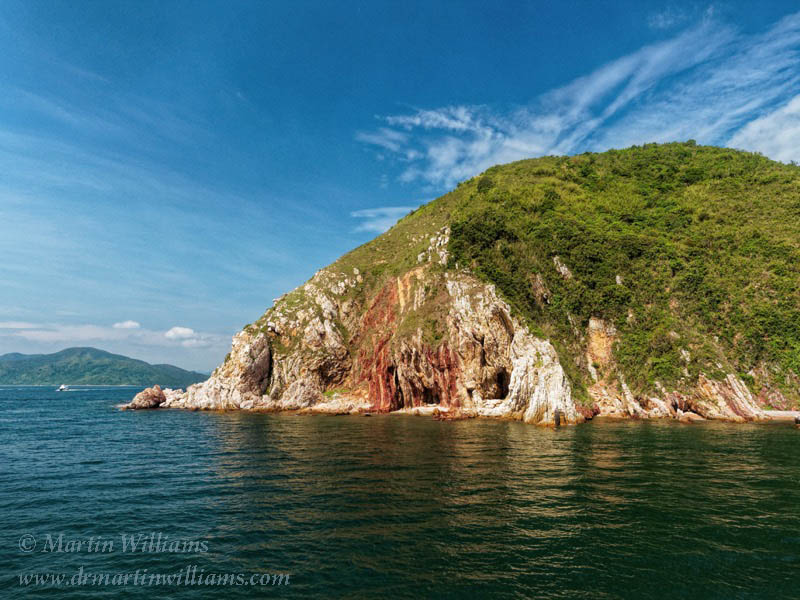
Perhaps the ferry will slow here, affording a chance to admire and photograph the cliff. Then, onwards, towards Double Haven.
Cruising through Double Haven
This is a wonderful, remote corner of Hong Kong. Soon, the ferry nears one of the two larger islands, 2.7-kilometre long Double Island, and cruises by Wong Wan, where a beach is marvellous to visit if you ever have chance to arrive by a boat such as a pleasure junk.
There’s a channel between Double Island and Crescent Island, narrowing to around 160 metres, before the ferry enters Double Haven – which is a roughly circular expanse of calm water sheltered by islands to north, east and southeast, and with the mainland New Territories coast to the west.
Soon, the ferry enters an inlet, and makes for journey’s end, at a concrete pier by Lai Chi Wo. Woodland clothes the hillsides; the village itself is not yet in view.
No tourism strategy, nowhere to stay
There’s a five-minute walk from the pier, through a wood, before you find the village. A temple and an old school are set by an open area, and the village houses are arrayed at the foot of a hillside. A wall formerly encircled the housing, to guard against bandit gangs, and this has been partly restored, with an impressive gateway in the east facing, lowest stretch of wall.
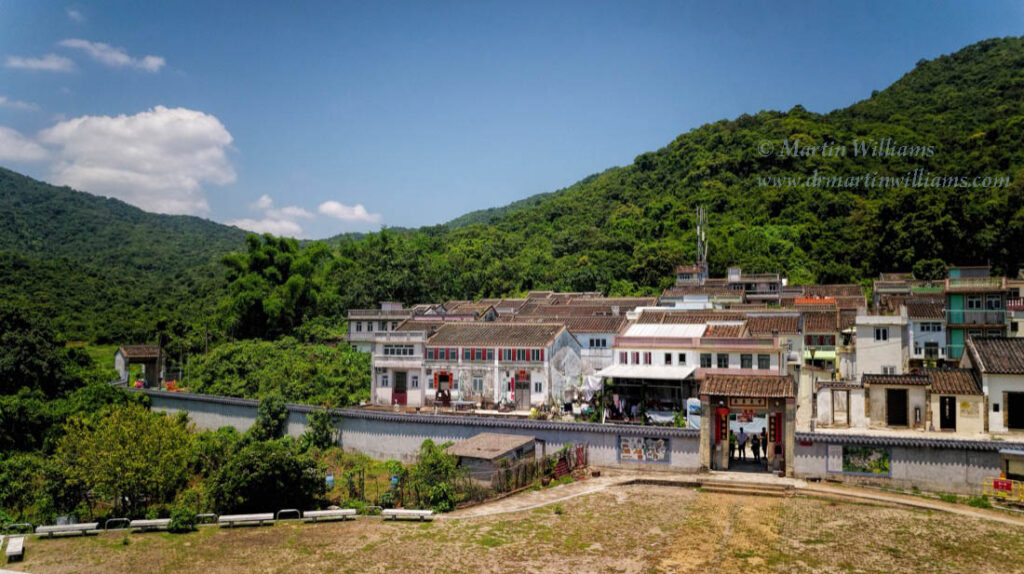
Just inside the gateway is a huge banner with photos of the geopark, near houses that have also been renovated. Friends of UNESCO Hong Kong note that geoparks “give the locals a sense of pride and belonging by creating new jobs … through geotourism” – so you might guess the renovation work arose through the Hong Kong Geopark, which was established in 2009, gaining UNESCO status six years later. But while there is a project to revitalise Lai Chi Wo, it is spearheaded by experts in various fields and the University of Hong Kong’s Kadoorie Institute, with financial support from donors including HSBC.
While the geopark has contributed little but a modest museum to Lai Chi Wo, at least it has not proven so controversial here as on Tung Ping Chau across Mirs Bay. The establishment of the geopark was soon followed by Tung Ping Chau hostels and restaurants being closed by government officials, and angry villagers put up banners protesting the geopark, with some even felling trees and blocking off paths.
While the Tung Ping Chau restaurants since reopened, Dr. Yeung Ka-ming, Head of Hong Kong UNESCO Global Geopark, Agriculture, Fisheries and Conservation Department (AFCD), even asked me to talk with islanders on his behalf – which I tried, without success. There was a lack of trust, I was told; perhaps not surprising given the government lacks a strategy for geopark tourism, and is not helping locals with restaurants and hostels.
Sadly, then, there is no restaurant at Lai Chi Wo, just a simple store selling drinks. Nor can you stay overnight in a hostel, here or anywhere in the geopark.
Grand old trees and new rice fields
But you can enjoy a day trip here. Walk up the north edge of the village, and you’ll find a wooden boardwalk built by the AFCD, which has also put information boards by notable trees like the Hollow Tree and the Five-fingered Camphor, which is over three metres in diameter at the base of the trunk.
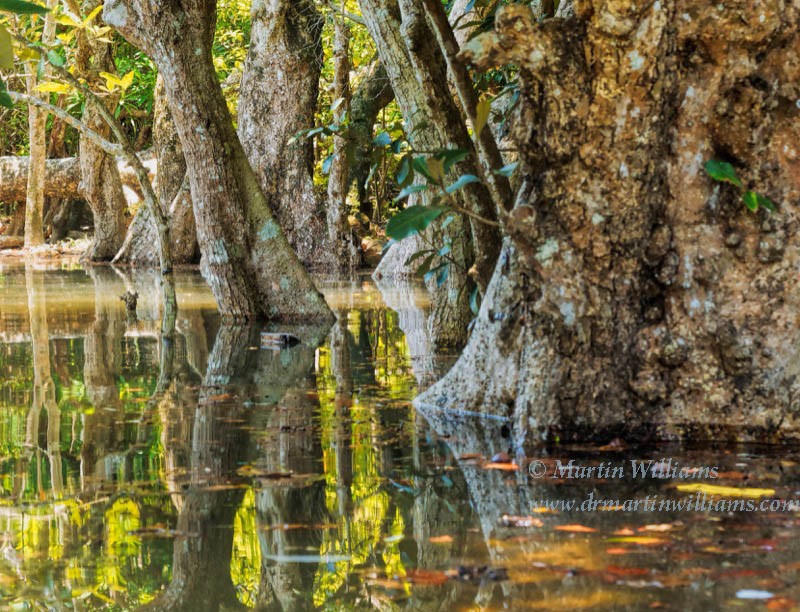
In the south wall, there’s a gateway to a path to rice fields established soon after the revitalisation project began in 2013. They cover a area perhaps little larger than three or four tennis courts, but are significant for reviving rice cultivation that was widespread in Hong Kong but mostly ceased by the 1980s.
To explore a little further, cross a footbridge in front of the temple. There’s a coastal path, passing a stand of mangrove trees. This leads to a small headland, with outcrops of red sandstone at the tideline. From here, the path turns inland, leading up and over a ridge to two hamlets in the lovely setting of Sam A Tsuen, maybe 40 minutes’ walk away.
From Sam A Tsuen, you may head homewards via a superb hike that follows a stream uphill, then leads along another stream from its headwaters to the village of Wu Kau Tang. Or you might head back to Lai Chi Wo, in time to catch the return ferry.
Getting there
The ferry to Lai Chi Wo operates on Sundays and public holidays, departing Ma Liu Shui (about 3 minutes’ walk south of the pier) at 9am, with the return ferry leaving Lai Chi Wo at 3.30pm (info: http://www.td.gov.hk/en/transport_in_hong_kong/public_transport/ferries/service_details/#k16). You can find information on boat tours of the geopark – perhaps mostly in Cantonese – via this page: http://www.hkr2g.net/en_geotours.htm.
